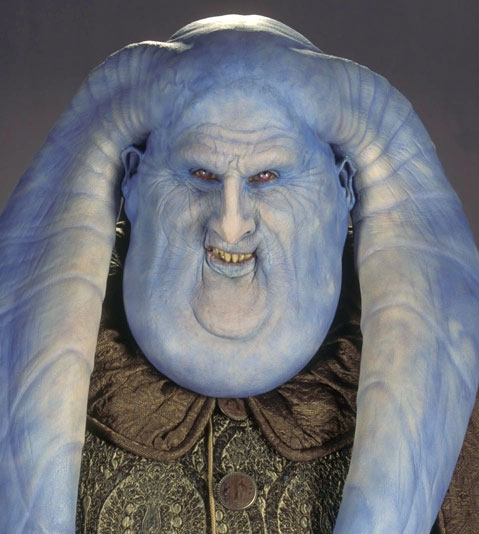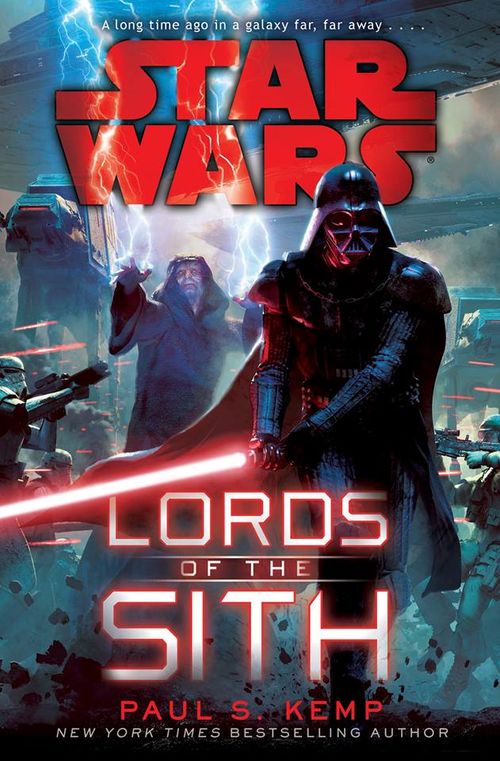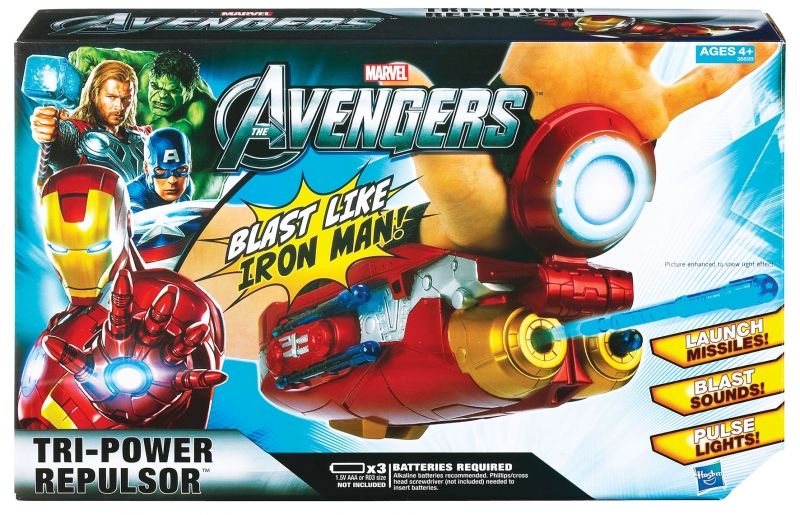
While the initial marketing push for The Force Awakens will come this September with Journey to‘s oft-misunderstood slate of twenty “books“, those of us who remember the prequels know that that’s only the first drops of the thunderstorm that will descend a couple months later when the film actually comes out. And even then, print material will only comprise a small portion of the flood—the graphic in that link is cumulative, not movie-by-movie, but it’s a safe bet that a plurality, maybe even the majority, of Disney’s profits from the sequel trilogy will come from capital-M Merchandising. There will be action figures, of course, but there will also be t-shirts, bed sheets, Hot Wheels, umbrellas, Sprite bottles, sneakers, and whatever the hell these are.
But that’s Star Wars. Ubiquitous branded nonsense, for better or for worse, is synonymous with our franchise of choice, and we’re used to it by now. So what’s different about it now that Disney is holding the reins?
It’s widely understood by now (because they’re happy to admit it) that Disney views Marvel, its last big acquisition, as specifically a boys’ property, and it’s pretty clear that same sentiment led to their purchase of Star Wars. As the thinking goes, Disney’s big in-house merch machine is their string of “princess” movies like Frozen—which, of course, are only for girls, because it’s not like I still remember all the words to “Under the Sea” or anything—so now they want to conquer the boys’ market via these big acquisitions, because something something Global Supremacy. Read More
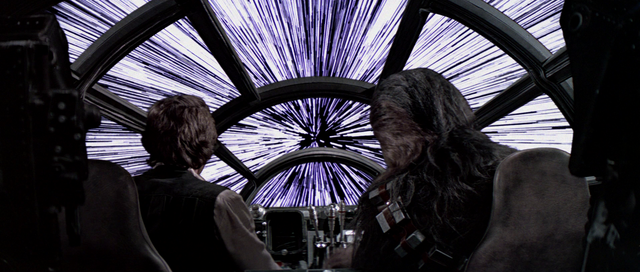
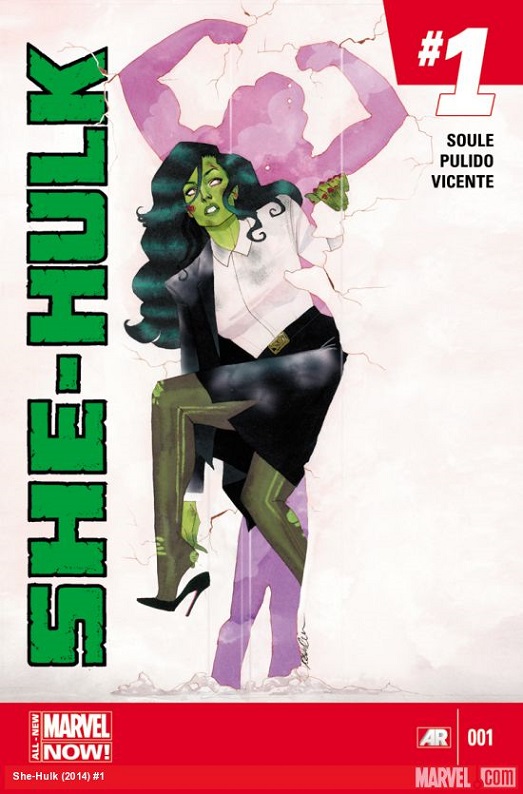 In David Schwarz’s series Meet the Marvels, he’s been spotlighting the previous work of Marvel’s current slate of Star Wars writers, including Star Wars‘s
In David Schwarz’s series Meet the Marvels, he’s been spotlighting the previous work of Marvel’s current slate of Star Wars writers, including Star Wars‘s 